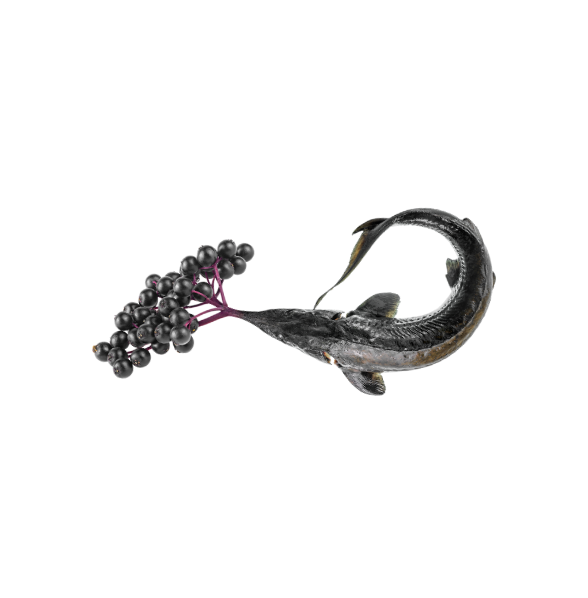Interview
Ignacio Echapresto: ‘Cooking based on one’s roots is here to stay’
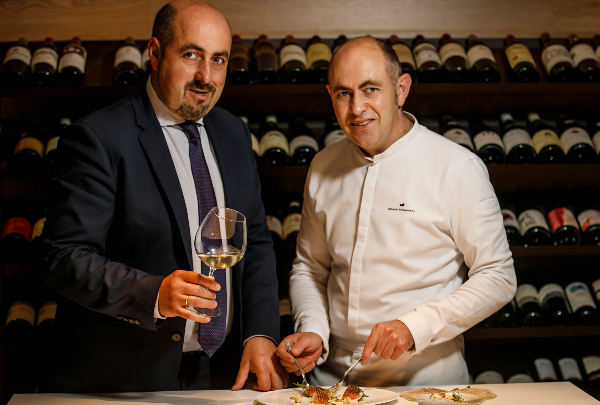
Take the earth’s pulse, follow its rhythms, look at the sky and be guided by the moon.
That is Ignacio Echapresto’s mantra when it comes to cooking.The idea of communion with the environment is the cornerstone of his gastronomic thinking. A return to one’s origins which, for Ignacio, has not actually happened as he never left them.
‘Rural cooking, that of villages, what we ate as we were growing up – this local, roots-based cooking is now being truly appreciated. In our case, reinventing ourselves – something that was talked about a lot at the start of the pandemic – wasn’t something we had to do,’ says Echapresto, who cooks with local produce and is the chef at Venta Moncalvillo*, a restaurant in Daroca de Rioja, a small town in the province of La Rioja.
That is precisely why Ignacio Echapresto is one of the special guests at this year’s Madrid Fusión. An edition focusing on circular gastronomy that is all about seasonality, supporting small-scale farmers and producers, recovering forgotten ingredients and methods, and respecting the environment. A way of understanding gastronomy that is garnering ever more followers, and one that could run the risk of being more of a fad than a trend, although Echapresto is convinced that ‘it’s here to stay.’ He believes this for various reasons: ‘Firstly, because we’re all aware that we are destroying the planet and we must begin by reversing this.’ The way to do this from a gastronomic point of view is to cook using local produce, adopt a culture of sustainability, care for and tend to the environment and nature. Not just with regard to what we cook, but also controlling what we grow and the effect that the crops we grow for our tables have. It’s something that’s not going away.’ With that in mind, we should be alert and pay attention to people, like Echapresto, who know their onions vis-à-vis ‘cooking with one’s surroundings.’
It involves setting aside seeds from one year to the next to ensure the traceability of produce, always being in touch with the people who run the market gardens whose produce you want to cook with and its seasonality, being aware of the cycles of the moon when it comes to pickling, or using stems and roots, etc. By ‘having a relationship with the landscape, the mountains, market gardens, and understanding how the moon and biodynamics can influence our work and our cooking’ Ignacio shapes his ideas and his gastronomic offering. Just because this is village food, it doesn’t mean it’s less creative, ‘in fact, it’s as innovative as any other. What it is, however, is that it’s more respectful of its surroundings,’ explains this cook.
At Venta Moncalvillo, the Echapresto brothers – Ignacio, in the kitchen, and Carlos, the maître-sommelier – have been working this way from day one, and it is something they have internalised as if it were ‘an ongoing education, both for us and our customers.’ He talks about this philosophy, and says, ‘without going into in-depth detail, the first part of the restaurant that diners see is the vegetable garden, where we serve our appetisers. This alone is a declaration of intent. Diners can see that what was in the vegetable garden this morning is going to be served up on their plates. And really, there’s not much else to explain.’ Absolutely, Ignacio. Sometimes, a single morsel is worth more than a thousand words.
Mead, a new and sustainable idea at Venta Moncalvillo
This path that is devoted to sustainable farming and production has, in addition, allowed the Echapresto brothers ‘to remain committed to village life thanks to projects that highlight the importance of village culture and help to keep inhabitants from leaving.’ Now, they have embarked on a new adventure that brings together beekeeping, winemaking and gastronomy. Called Moncalvillo Meadery, this project to make mead is clearly gastronomic in its quest.
Carlos Echapresto, the restaurant’s sommelier, has discovered that mead offers a wide range of possibilities for harmonising with certain vegetables from the garden that don’t quite work when paired with wine. ‘The beauty of this product is the spectrum of gastronomic options it gives. When wine doesn’t go with something, mead works brilliantly,’ explains this sommelier. The next step was obvious, they had to start making their own mead. Carlos tells us what happened: ‘We decided to become beekeepers and so we have our own beehives, we produce our own honey and use it made mead. It’s like having a winery with its own land and being able to control the process. We’ve brought mead to the world of wine.’ This centuries-old fermented drink, ‘which is actually a wine made from honey’, has now ended up playing a gastronomic role.
Carlos Echapresto has found mead ‘to be very comparable to white wine, but with a wonderful aromatic component’ and is the ideal ally for many complicated pairings. ‘Mead can hold its own with foods that are acidic or bitter – a problem some dishes and ingredients present – and it pairs beautifully, for example, with escabeches, asparagus, artichokes, etc.,’ which Echapresto also combines with cheese. Similarly, it goes well with strong flavoured sulphurous vegetables like cabbage or collard greens, and acidic ones such as celery, cardoons, etc.
Yet another example of the impact that circular gastronomy has on its surroundings, on the landscape and on rural life. Ideas that close the circle and, in addition, are interesting from a gastronomic standpoint.

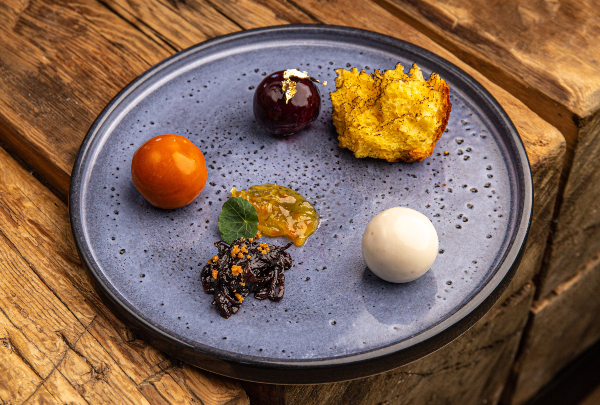
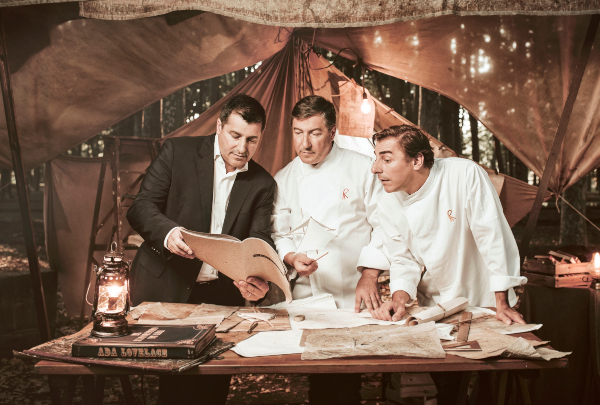
 600x405.jpg)

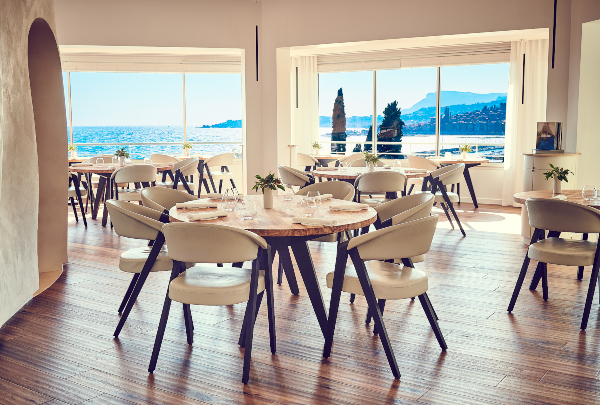
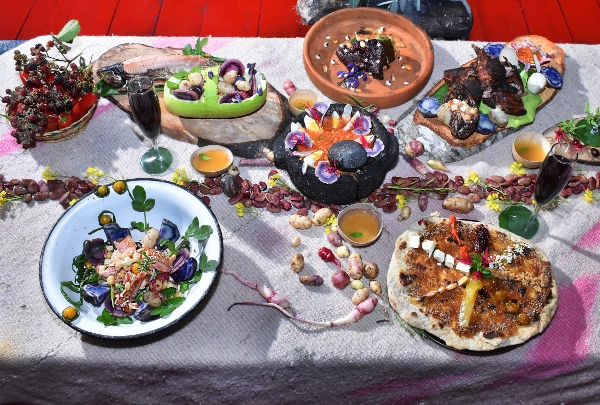
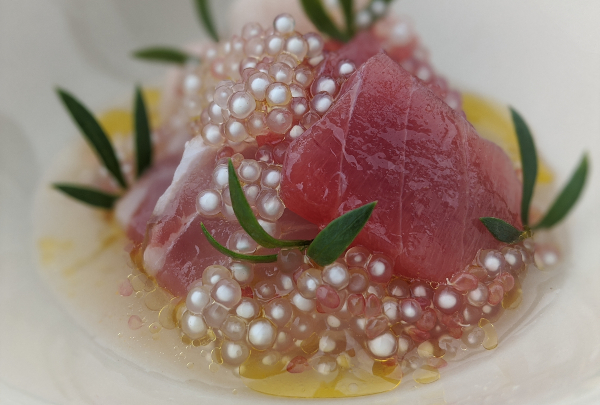
600x405.jpg)
.jpg)
.jpg)
